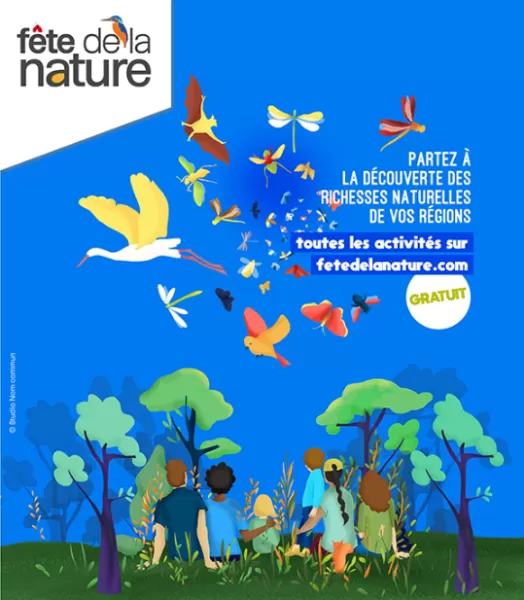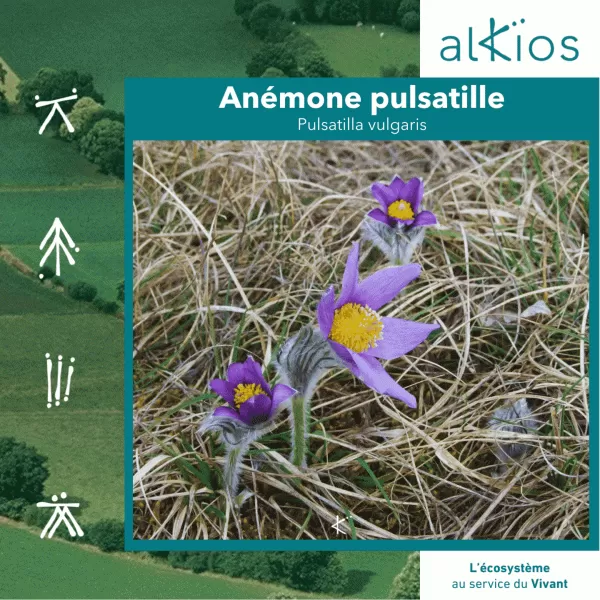The Cantabrian Mountains

A Natural Heritage Shaped by Human Activities: The Cantabrian Mountains
Nestled in the northwest of the Iberian Peninsula, the Cantabrian Mountains rise as a mountain range whose landscape and biodiversity have been sculpted by centuries of human and natural interaction. This massif, home to a diverse fauna and flora, is particularly known for its population of over 300 brown bears, a remarkable figure that reflects the richness of its ecosystem.
Pastoral Management and Its Effects on Biodiversity
Human influence in this region is evident through extensive pastoralism, a practice that has not only structured plant landscapes like heather moors but has also fostered a mosaic of habitats. These are essential for the many species of wild ungulates, such as deer, that inhabit the region. The diversity of plants and the management of open landscapes maintain high biodiversity, particularly among communities of invertebrates and reptiles, who find refuge and sustenance in these varied habitats.
Predators and Pastoralism: A Beneficial Coexistence
The large predators of the Cantabrian Mountains, including bears and wolves, greatly benefit from pastoralism. These animals take advantage of the regular presence of wild ungulates, facilitated by local agricultural practices, which ensure a constant food source. This complex interaction between human activities and predators contributes to an ecological balance, allowing different species to coexist in a shared environment.
Vincent Vignon: Witness to the Transformation of the Cantabrian Range
Explorer and naturalist Vincent Vignon has dedicated a large part of his life to studying this massif. After 36 years of repeated visits, Vignon has developed a deep understanding of the environmental dynamics and cohabitation between humans and nature in this region. His work helps to raise public awareness of the importance of conservation and the need for balanced management of natural territories.
—
The Cantabrian Mountains are a poignant example of how human activities can positively influence natural ecosystems, promoting rich biodiversity and supporting the coexistence of multiple species. The dedication of individuals like Vincent Vignon highlights the importance of continuing to explore and protect these unique landscapes for future generations. Let us follow in Vignon’s footsteps to discover this exceptional ecosystem, where each natural element reveals the secrets of successful coexistence between man and nature.


